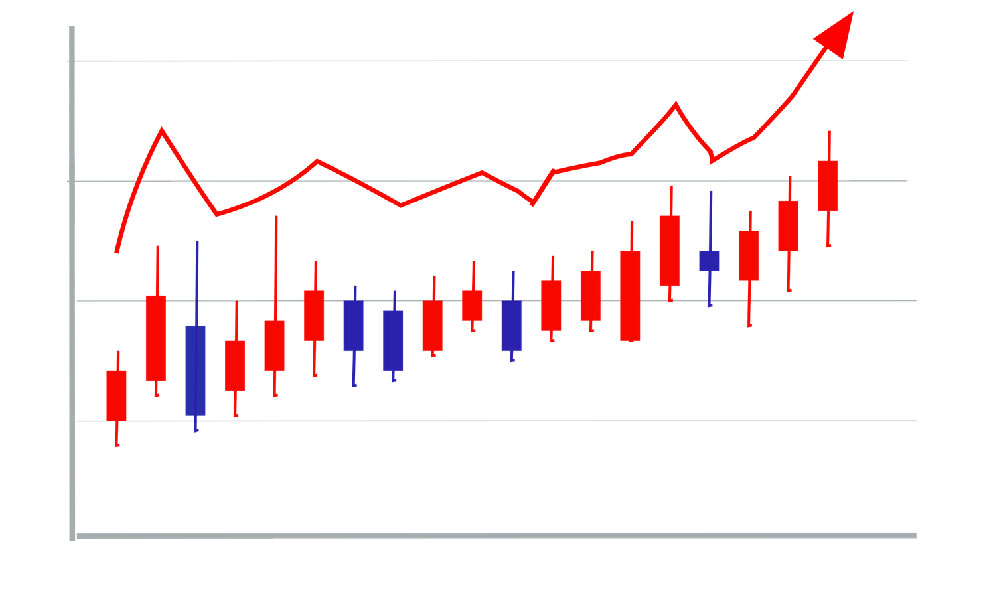
Automating your Vanguard investments is a smart move for any investor, whether you're just starting out or managing a well-established portfolio. It takes the emotional element out of investing, ensures consistency, and frees up your time to focus on other important things. But how do you actually automate your Vanguard investments, and more importantly, why should you bother? Let's delve into the specifics.
Why Automate Your Vanguard Investments? The Compelling Advantages
Before we get into the "how," it's crucial to understand the "why." Automation provides several significant advantages:

-
Dollar-Cost Averaging (DCA): Automation allows you to consistently invest a fixed amount of money at regular intervals (e.g., monthly, bi-weekly). This strategy, known as dollar-cost averaging, reduces the risk of investing a large sum of money at the "wrong" time. When prices are low, you buy more shares, and when prices are high, you buy fewer shares. Over the long term, this can smooth out your returns and lower your average cost per share. It's a powerful tool for mitigating volatility.
-
Consistency and Discipline: One of the biggest challenges in investing is staying disciplined. Life gets in the way, and it's easy to delay or skip investments. Automation eliminates this problem. Once set up, your investments happen automatically, regardless of market conditions or your personal schedule. This consistency is key to long-term success.
-
Emotional Detachment: Market fluctuations can trigger emotional responses, leading to impulsive buying or selling decisions. Automation removes emotions from the equation. You're not reacting to headlines or short-term market swings, but sticking to a pre-determined plan.
-
Time Savings: Actively managing your investments can be time-consuming. Automating your investments frees up your time to focus on other financial goals or personal pursuits. It's a set-it-and-forget-it approach that allows you to build wealth passively.
-
Compounding Growth: By consistently investing, you take full advantage of the power of compounding. The earlier you start investing and the more consistently you invest, the greater the impact of compounding over time. Automation ensures that you don't miss out on opportunities for your investments to grow exponentially.
Step-by-Step Guide to Automating Vanguard Investments
Now, let's break down the steps involved in setting up automated investments with Vanguard:
-
Open a Vanguard Account: If you don't already have one, you'll need to open a Vanguard account. You can choose from various account types, including taxable brokerage accounts, Roth IRAs, Traditional IRAs, and 401(k)s. Select the account that aligns with your investment goals and tax situation.
-
Fund Your Account: Before you can automate investments, you need to fund your account. You can do this through electronic bank transfers, wire transfers, or by mailing a check. Ensure that you have sufficient funds in your account to cover your scheduled investments.
-
Set Up Automatic Investments: Once your account is funded, navigate to the "Buy & Sell" section of the Vanguard website. Look for the option to set up automatic investments. You'll typically find this under a section related to "recurring investments" or "automatic investments."
-
Choose Your Investment: Select the Vanguard fund or ETF (Exchange Traded Fund) that you want to invest in. Vanguard offers a wide range of options, including index funds, actively managed funds, and target retirement funds. Consider your risk tolerance, investment timeline, and financial goals when making your selection. Index funds are generally favored for their low expense ratios and broad market exposure. Target retirement funds offer a diversified portfolio that automatically adjusts its asset allocation as you approach your retirement date.
-
Determine Your Investment Amount: Decide how much you want to invest each time. Consider your budget and financial goals. Even small, consistent investments can add up significantly over time. Remember the principle of dollar-cost averaging, and aim for a consistent amount regardless of market fluctuations.
-
Choose Your Investment Frequency: Select how often you want to invest (e.g., weekly, bi-weekly, monthly, quarterly). The more frequent your investments, the more effectively you'll be able to take advantage of dollar-cost averaging. Monthly or bi-weekly investments are common choices.
-
Specify Your Start Date: Choose the date you want your automatic investments to begin. This is typically the next available business day after you set up the schedule.
-
Review and Confirm: Carefully review all the details of your automatic investment schedule, including the fund or ETF, investment amount, frequency, and start date. Ensure that everything is accurate before confirming.
-
Monitor Your Investments: While automation takes care of the day-to-day execution, it's still important to monitor your investments periodically. Review your portfolio performance, track your asset allocation, and make adjustments as needed to stay on track with your financial goals. You may want to rebalance your portfolio periodically to maintain your desired asset allocation.
Potential Pitfalls and How to Avoid Them
While automating Vanguard investments is a smart strategy, there are a few potential pitfalls to be aware of:
- Insufficient Funds: Make sure you always have enough money in your account to cover your scheduled investments. If your account balance is too low, your investment may be skipped, disrupting your consistency.
- Ignoring Market Conditions: While automation reduces emotional decision-making, it's still important to be aware of significant market events. While you shouldn't panic and sell during downturns, you may want to adjust your investment strategy based on major economic shifts.
- Neglecting to Rebalance: Over time, your asset allocation may drift away from your target. Make sure to rebalance your portfolio periodically to maintain your desired risk profile.
- Sticking to Underperforming Investments: While Vanguard offers excellent funds, it's possible that one of your investments may underperform over the long term. Be prepared to re-evaluate your choices and switch to different funds if necessary.
By following these steps and being mindful of potential pitfalls, you can successfully automate your Vanguard investments and build wealth consistently over time. It's a powerful tool for achieving your financial goals. Remember to consult with a financial advisor if you need personalized guidance.





